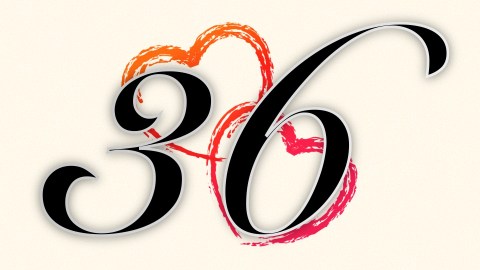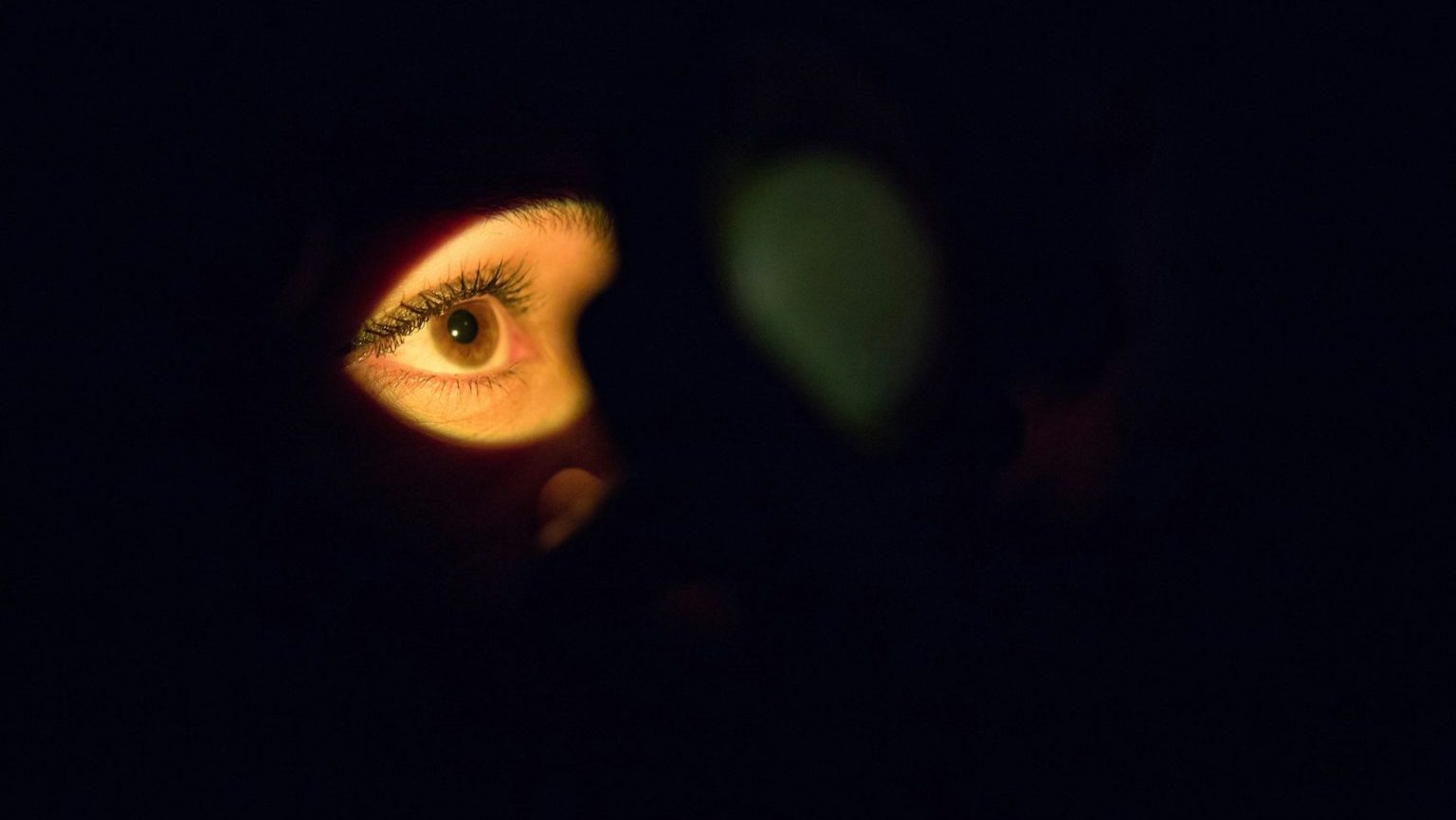Is this Valentine’s Day thanks to the 36 love questions?

You may remember hearing about Arthur Aron’s 36 questions that can make two people fall in love in a single conversation. For someone alone on Valentine’s Day, it sounds like the perfect date to have with a crush, a great way to avoid a depressing bowl of jajangmyeon noodles.
The 36 questions — or “closeness-generating procedure” — were first published in a 1997 study that arose from Aron’s experience of falling in love with his wife Elaine. It wasn’t exactly his intent to create a template for a romance-inducing conversation. “The idea was that we wanted to study what goes on with closeness, how does it affect your hormones, your brain, your behavior,” Aron tells ABC.net.au.

And yet, the questions seemed to actually cause love to occur. “The very first couple that pilot-tested the questions were research assistants in our lab involved in some other research,” he says. “They didn’t know what this was about,” but, “They actually fell in love and got married, and invited the rest of the lab to their wedding.”
The 36 questions
The 36 questions, arranged in three sets, are these:
Set I
1. Given the choice of anyone in the world, whom would you want as a dinner guest?
2. Would you like to be famous? In what way?
3. Before making a telephone call, do you ever rehearse what you are going to say? Why?
4. What would constitute a “perfect” day for you?
5. When did you last sing to yourself? To someone else?
6. If you were able to live to the age of 90 and retain either the mind or body of a 30-year-old for the last 60 years of your life, which would you want?
7. Do you have a secret hunch about how you will die?
8. Name three things you and your partner appear to have in common.
9. For what in your life do you feel most grateful?
10. If you could change anything about the way you were raised, what would it be?
11. Take four minutes and tell your partner your life story in as much detail as possible.
12. If you could wake up tomorrow having gained any one quality or ability, what would it be?
Set II
1. If a crystal ball could tell you the truth about yourself, your life, the future or anything else, what would you want to know?
2. Is there something that you’ve dreamed of doing for a long time? Why haven’t you done it?
3. What is the greatest accomplishment of your life?
4. What do you value most in a friendship?
5. What is your most treasured memory?
6. What is your most terrible memory?
7. If you knew that in one year you would die suddenly, would you change anything about the way you are now living? Why?
8. What does friendship mean to you?
9. What roles do love and affection play in your life?
10. Alternate sharing something you consider a positive characteristic of your partner. Share a total of five items.
11. How close and warm is your family? Do you feel your childhood was happier than most other people’s?
12. How do you feel about your relationship with your mother?
Set III
1. Make three true “we” statements each. For instance, “We are both in this room feeling …”
2. Complete this sentence: “I wish I had someone with whom I could share …“
3. If you were going to become a close friend with your partner, please share what would be important for him or her to know.
4. Tell your partner what you like about them; be very honest this time, saying things that you might not say to someone you’ve just met.
5. Share with your partner an embarrassing moment in your life.
6. When did you last cry in front of another person? By yourself?
7. Tell your partner something that you like about them already.
8. What, if anything, is too serious to be joked about?
9. If you were to die this evening with no opportunity to communicate with anyone, what would you most regret not having told someone? Why haven’t you told them yet?
10. Your house, containing everything you own, catches fire. After saving your loved ones and pets, you have time to safely make a final dash to save any one item. What would it be? Why?
11. Of all the people in your family, whose death would you find most disturbing? Why?
12. Share a personal problem and ask your partner’s advice on how he or she might handle it. 13. Also, ask your partner to reflect back to you how you seem to be feeling about the problem you have chosen.
There’s also a final task/suggestion: Stare into each other’s eyes for four minutes.

Aron’s Logic
Aron says the questions are all about disclosure, which he says needs to be gradual. “If you say too much too fast, it puts the person off. But if you start with something that’s not too personal and then gradually move to personal, both are comfortable and it develops a great deal of closeness.”
Interestingly, he says having things in common isn’t as critical as you might assume. “Turns out that actually being similar doesn’t matter very much, but believing you’re similar matters a huge amount,” says Aron. “And if the information matches your own information, especially with attitudes, you’re more likely to like them and want to get to know them.”
Aron says that testing has verified that the 36 questions do bring existing couples closer together.
Does It Really Work?
The 36 questions have been out in the wild for some time now, and lots of people have tried them. Just try Googling “do the 36 questions work.” It seems they do often, if not always, carry their participants to trust and intimacy. Of course, what happens after the couple gets there remains a matter of choice — the questions don’t force anyone into a relationship.
Julianna Young wrote an entertaining account of her own experience for Beyond the Box. It’s a two-person reminiscence, actually, describing the process from both sides. The still-growing relationship she and her “co-author” have shows how the 36 questions must ultimately collide with the more mundane realities of its couples’ lives. Young also proposes what may be the reason they work, on a scientific level.
How the 36 Questions Can Work
Our brains are not one single thing. In fact, there are three brains in there, like a cranial Matryoshka doll. In the (gooey) center is our 500-million-year-old, reptilian brainstem that’s concerned with basic survival issues: safety fight-or-flight, hunger, and a desire to mate. Wrapped around that is our mammalian, or limbic, brain, which arrived later — it’s the place from which our feelings emanate, including attachment, empathy, and such. The outer layer of our brain(s) is the neocortex, where speech comes from, and where complex thinking, executive function occurs.

If we can, we handle most of our conversations with the neocortex, since it’s less visceral, and thus requires less of us than the two other brains do.
So the trick to Aron’s 36 questions seems to be that it keeps forcing people out of this cranial comfort zone, down into the limbic system, where feeling lives and where deep attachment can form. The sometimes seemingly irrelevant questions force us to go down into those deeper areas where caring, trust, safety, and love live.
Love Match
Of course, your mileage with the 36 questions may vary. If you’re already part of a couple, you might give them a spin on Valentine’s Day to see if it brings you and your partner closer since, as some have found, it can reopen doors that have slammed shut over time, or have never been opened in the first place. Singles would have to find a willing partner to give it a spin — though obviously, a pair of people willing to fall in love with each other may have no need of such questions since they’re already halfway there.
Final thing: You might not want to try it on a Tinder date.
—





